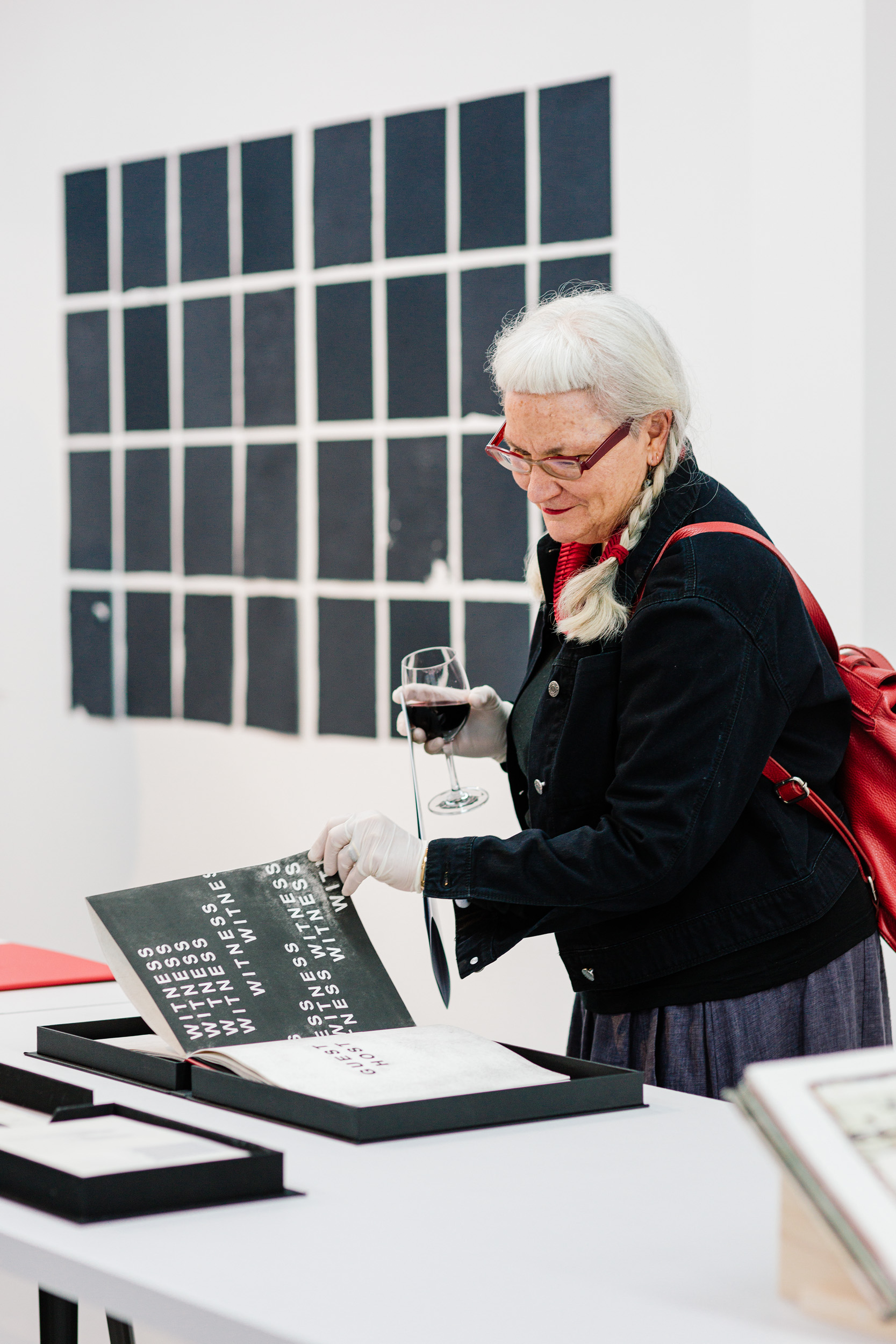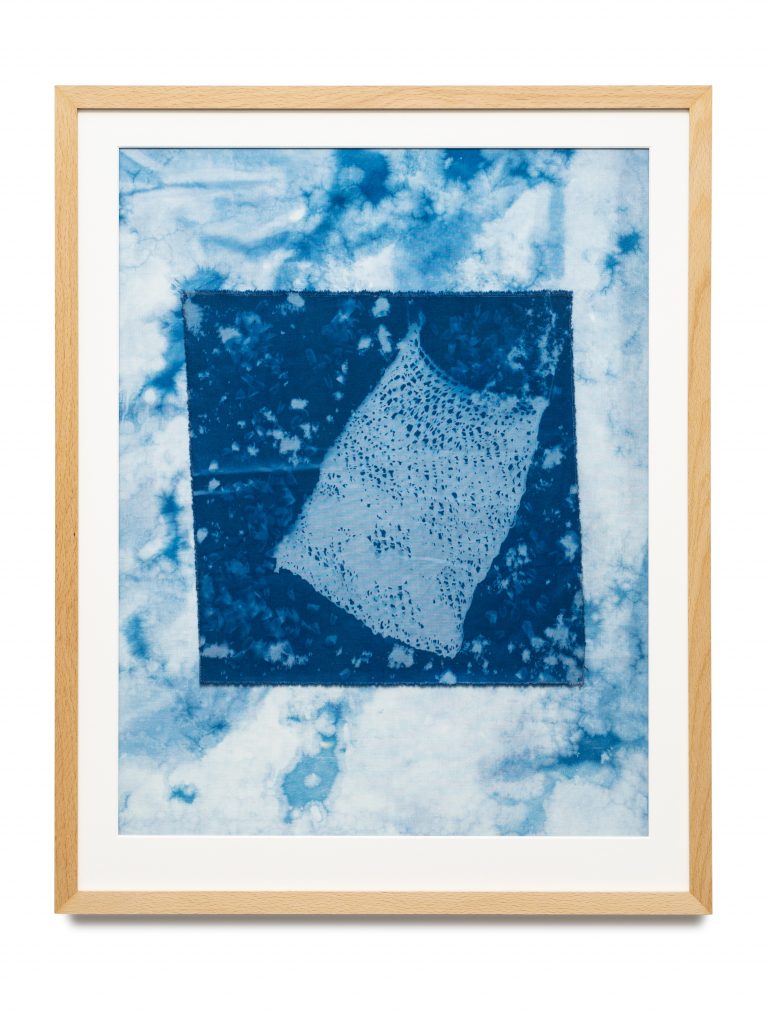Tell us a little about yourself!
I grew up as one of eleven siblings in a working-class family on Durumbal country in Central Queensland. My mother was a milliner and a talented quilter who made all of our clothes. We had books rather than art but the performing and visual arts were always tempting. My siblings and I would put on our own concerts that all the neighbourhood were invited (or coerced) into attending. I moved to Brisbane in the late seventies and had a vintage clothing shop for a while before going to the University of Queensland. Since then, my career has largely involved social policy and service development for both community organisations and government, however I’ve also worked in arts administration. I’ve left the paid workforce now and have gone back to university to study art history. I also practice watercolour painting. The emphasis being on the pleasure of it, I certainly wouldn’t say I have a talent for it. I think I’ve passed my love of art, and perhaps collecting, on to my daughter and son.
What things are important to you when buying a work of art for your collection?
When considering buying a piece of art, I don’t consciously think about how a new work might sit with the older works. It is the emotional connection and recognition that is important. The more time you spend with the art brought into your home, the more you see, feel, understand or question. Gradually, patterns do start to emerge, and every piece of work speaks.
Broadly, my collection is mostly acrylic on canvas. I’ve also come to appreciate fibre and textile art much more over the past decade. The physicality and materiality is so evocative. Freja Carmichael has been a big influence there and I am constantly learning more from her writing and conversations.
I also have a passion for camp dogs in art. This might be on canvas, carved from milkwood, woven from ghost nets or pandanus palms. My affinity with camp dogs might have something to do with my family and growing up as part of a large pack…
The first painting of Elisa Jane (Leecee) Carmichael’s which I purchased is an amazing sunburst of colour, flowers and shapes exploding over the waters and land of Minjerribah. It expresses the sheer joy that Leecee brings to the world and her unique vision. Her later works exploring her ancestral matrilineal line particularly those using traditional fibres, fish scales, language and textiles have a maturity and beauty that is breathtaking.
The more time you spend with the art brought into your home, the more you see, feel, understand or question… patterns do start to emerge, and every piece of work speaks.
What drew you to purchasing To carry through #2 by Elisa Jane Carmichael?
I fell in love with the beautiful cyanotypes that Leecee and her mother Sonja had made for Tarnanthi in 2020. These works were an explosion of power at about 3 metres by 3 metres in physical scale. As I live in an old Queenslander cottage and not a cavernous art museum, To carry through #2 was of a scale much more practicable for me! Though To carry through #2 might be smaller, it still carries the depth, beauty and story of the larger works.
The cyanotype process used by Leecee results in blues as indigo deep as the ocean. Leecee describes the blue waters as carrying spirit and memory – the woven bags of her ancestors held in museums on the other side of the world being carried home to Minjerribah. The strength yet ethereality captured in the cyanotype of this work is what drew me towards it. I never tire of looking into those depths.
When did you realise that your artwork purchases had turned into an actual collection? Did anything change for you after this?
I think I’m only just realising that now! As a poor uni student (some decades ago…) I collected feminist, anti-racist and political posters. Many of these posters were created by friends and are still relevant today. Over time, when I was working in arts administration, I was fortunate enough to travel to remote Indigenous art centres. This enabled me to meet artists, to learn about the creation of incredible works of art in the places where they were made, and to contribute back to community. The diversity of Aboriginal and Torres Strait Islander communities in this country is awe inspiring, as are the artists who have chosen to share with all of us. Their art can be beautiful, funny, often challenging and speak a painful language of truth and colonisation while simultaneously asserting cultural continuity, survival and regeneration. Not all of my art collection is by First Nations artists but the majority of it is.
I also think it’s important to support young and emerging artists. There are so many exciting and interesting young artists in and from Brisbane as well as regional areas. Visaya Hoffie, Mia Boe, Chris Bassi, Tamika Grant-Iramu, Hannah Bronte and Bridie Gillman are just a few that come to mind.


